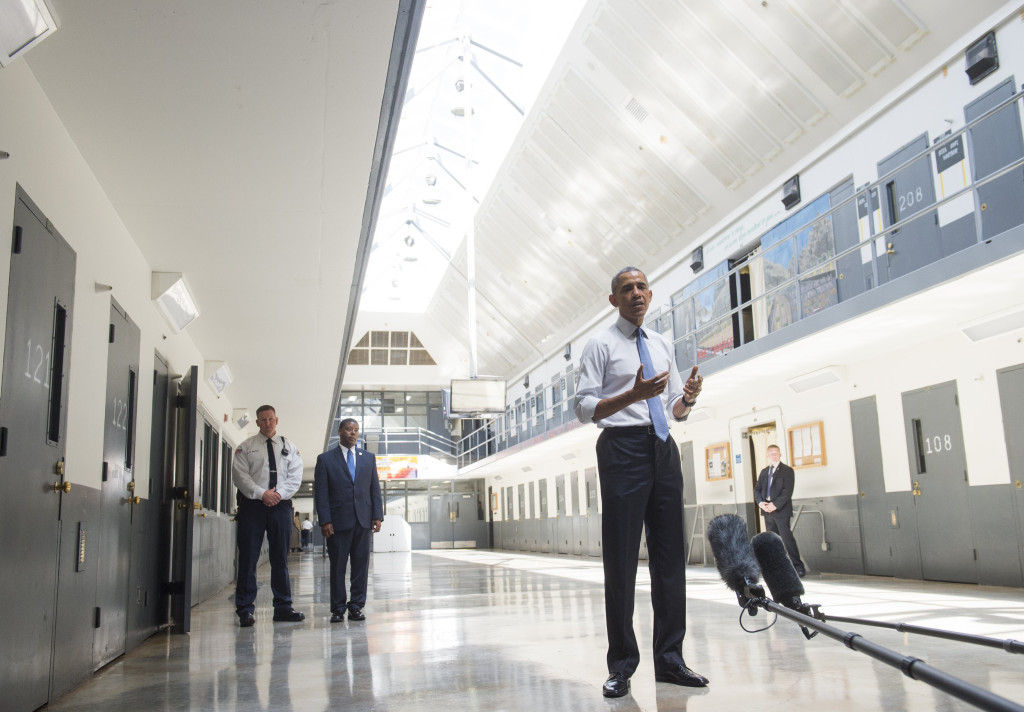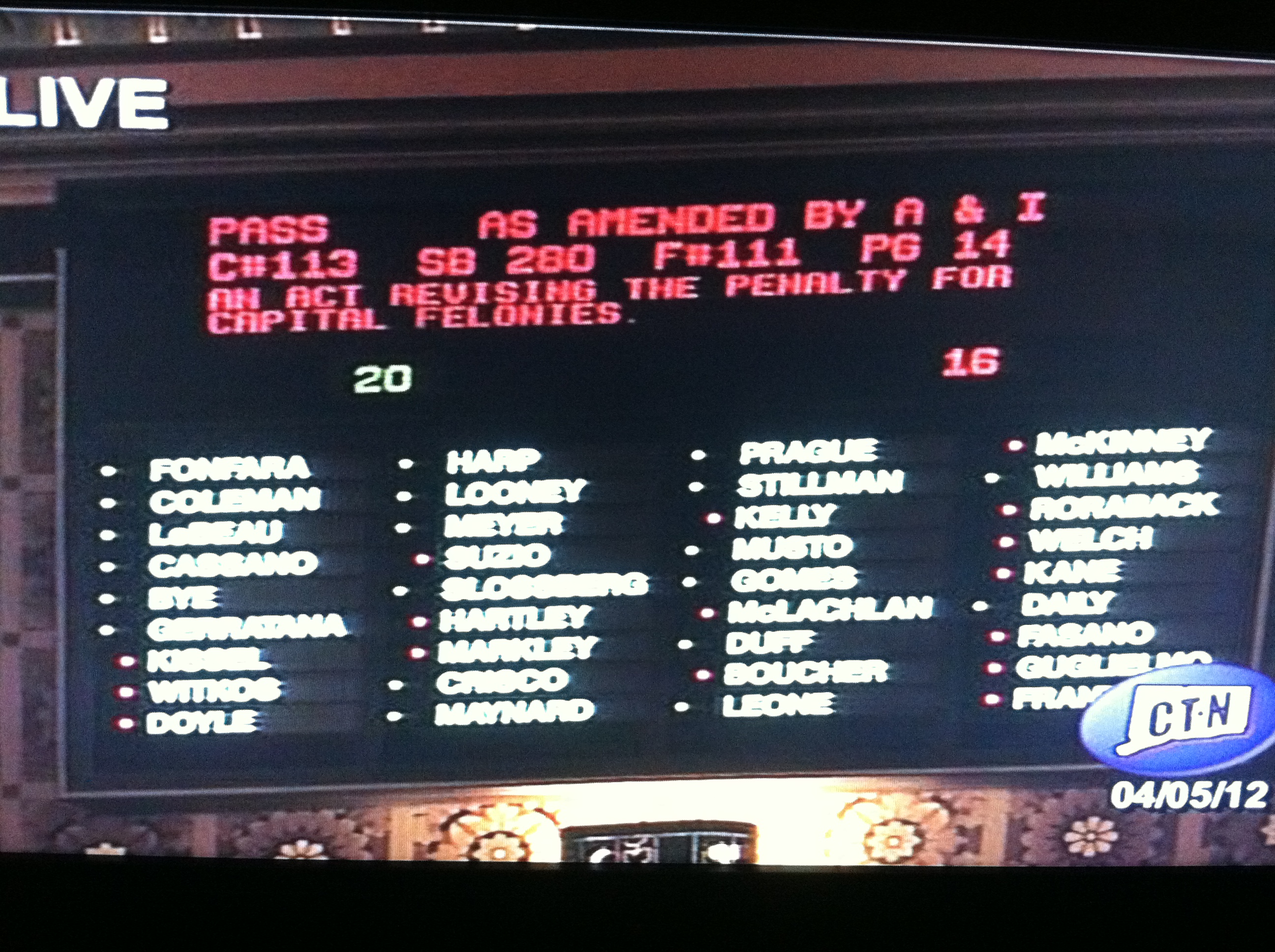The death penalty is a difficult issue for just about any politician. Most prefer to avoid it as much as possible. But the time may soon come when President Obama will have to take a stand on this question. In a recent article on Politico.com, Josh Gerstein outlines the challenges that President Obama may face in the near future regarding the federal death penalty, as several cases inch a little closer to crossing his desk. Obama has previously stated that he supports the death penalty in cases that involve “heinous” crimes, but has not made it clear exactly where he draws the lines between which crimes are heinous and which are not. Attorney General Eric Holder has likewise given few clues about his specific stance on this issue. He has stated that he personally opposes capital punishment, but he has also authorized federal prosecutors to seek the death penalty in four cases since he has taken office.
Compared to some states, the federal death penalty has been used relatively sparingly, and executions at the federal level have been halted for several years due to challenges to the constitutionality of lethal injection. In April, 2008 the Court ruled that lethal injection is constitutional, clearing the way for some pending executions to go forward. There are several cases making their way through the federal appeals process now, including the cases of 6 African Americans from the Washington area all of whom are nearing the end of their appeals.
That all six of the inmates involved in these cases are African-American is sadly symbolic of the racial disparities inherent in the federal death penalty. Currently there are 57 prisoners on federal death row, 35 of which are people of color, and 28 of which are African-American. According to a recent survey of the Federal Death Penalty System, during the years 1995-2000 U.S. Attorneys recommended that the death penalty be sought in 44.3% of cases involving a black defendant, but only 26.2% of cases involving a white defendant. Also, in a 2007 report titled The Persistant Problem of Racial Disparities in the Federal Death Penalty the ACLU found that the death penalty is reduced to life sentences during plea bargaining almost twice as often for white defendants as for black defendants.
These statistics not only reflect serious racial bias on their own, but they are also disproportionate to the rest of the nation: in 2003 the United States Government, and the U.S. military, had higher percentages of non-white prisoners on their death rows (77% and 86% respectively) than any single state except Colorado. At the beginning of this year, those figures still stood at 60% and 78%, way out of proportion with the population as a whole.



